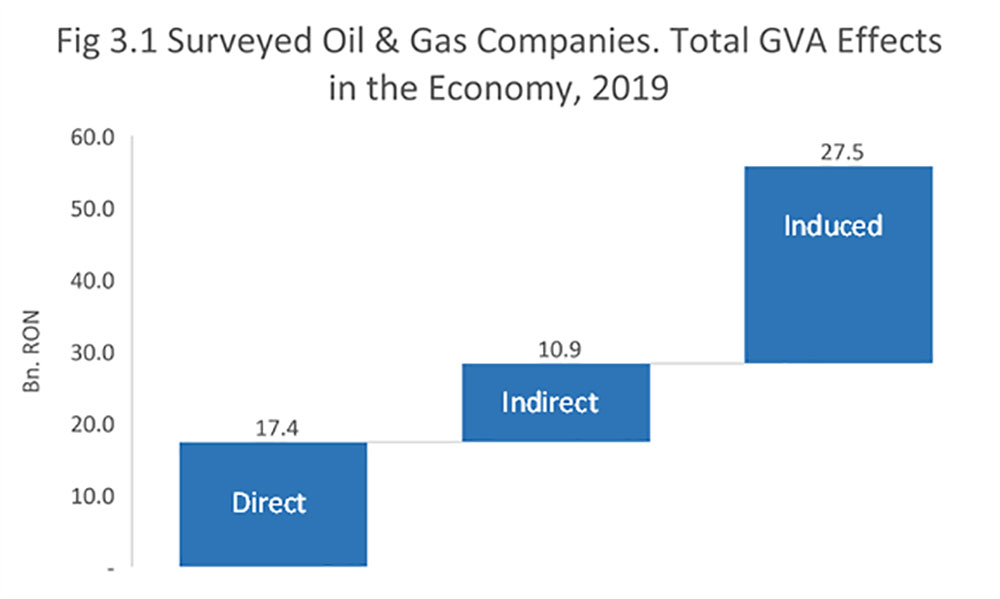The contribution of the Oil & Gas Industry to the Romanian Economy
Author: Laurian Lungu, Co-founder Consilium Policy Advisors Group – CPAG
The oil & gas sector in Romania has been, for decades, a strong contributor to GDP growth. However, over the last years this contribution has started to diminish slowly and gradually, triggered by a combination of factors, including economics-related ones such as falling reserve replacement ratios, or regulatory measures and changes in policies, the latter occurring both at domestic and the European Union (EU) level. Over the last years, in particular, there has been a gradual shift from policies that supported oil and gas production to policies focused on disincentivising fossil fuels, encouraging the use of substitute technologies and fuels, especially renewable energy. This tendency has emerged at a time when lower oil and gas prices have put more pressure on the sector’s performance, notably after the year 2014.
The current pandemic crisis has exposed the oil and gas sector even more disproportionately, when compared to other economic sectors, to future risks and uncertainties. First, a collapse in demand and transport activities, due to the introduction of lockdowns has had a serious impact on oil and gas sector finances. Second, the EU leaders have recently set a more ambitious climate target by pledging to cut greenhouse emissions by at least 55% by 2030 compared to 19902. This would increase the short and medium-term pressure on oil & gas companies to adopt measures that would help them comply with the new target.
However, Romania, along with a few other several countries, managed to negotiate a so-called “technology neutrality”, which could give gas investments more scope over the next decade. As the European Council text reads, Romania would be able to decide on its own energy mix to achieve the 2030 climate target.
The total impact of the surveyed oil & gas companies in the economy (i.e., including direct, indirect and induced effects) is significant, amounting to between 5.3% and 5.9% of GDP over the period 2017-2019. Total taxes and dividends paid to the state by the surveyed oil & gas companies averaged RON 16 Bn. per year, the equivalent of 6% of current government revenues. Dividends alone averaged RON 2 Bn. per year amounting to 1.3% of government fiscal revenue.
Oil and Gas companies that provided data for the present analysis also paid RON 10 Bn. in Value Added Tax (VAT) and Excises in 2019. This is the equivalent to 10.3% of the budget revenues the government collected in VAT and excises, a percentage which has remained stable over the 2017-2019 period. The oil & gas companies’ ability to collect both VAT and excises and then transfer them to the state budget is a strength given that.
Labor productivity in the oil and gas sector is more than four times higher than average labor productivity in the economy. This explains to some extent the relatively large indirect and induced impact that the oil and gas industry has on the economy.
During 2017-2019, the surveyed companies in the oil and gas sector employed over 24,800 employees. This accounted for 0.5% of total employment in the economy, or more than 25% of cumulative employment in the energy sector.
Last but not least, the analysis also reflects the fact that Romania’s dependence on natural gas has increased significantly in recent years, from 2% in 2015 to 24% in 2019, its current evolution indicating a future upward trend.










